| Autore |
 Discussione Discussione  |
|
|
Rui Andrade
Utente V.I.P.
  
Città: Porto

160 Messaggi
Flora e Fauna |
|
|
Rui Andrade
Utente V.I.P.
  
Città: Porto

160 Messaggi
Flora e Fauna |
 Inserito il - 01 novembre 2019 : 02:54:48 Inserito il - 01 novembre 2019 : 02:54:48


|
Immagine:
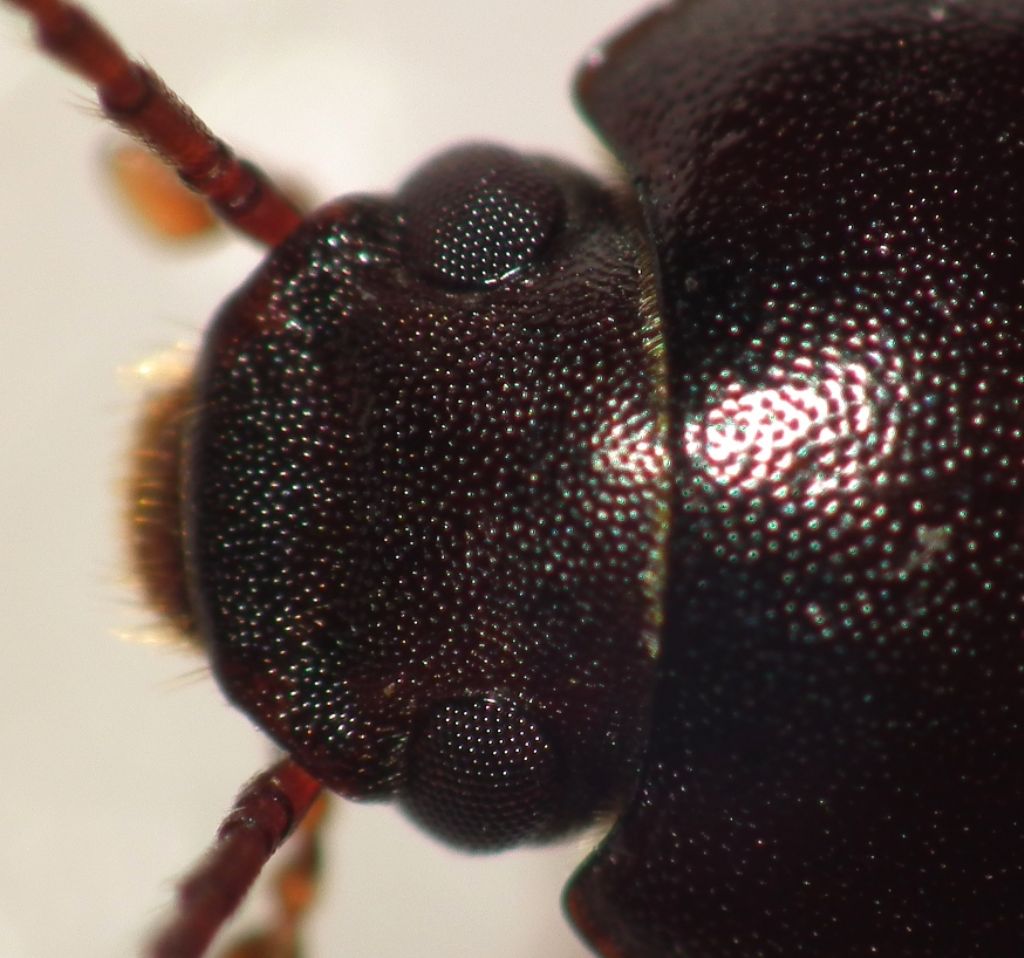
114,28 KB |
 |
|
|
Rui Andrade
Utente V.I.P.
  
Città: Porto

160 Messaggi
Flora e Fauna |
 Inserito il - 01 novembre 2019 : 02:55:36 Inserito il - 01 novembre 2019 : 02:55:36


|
Immagine:
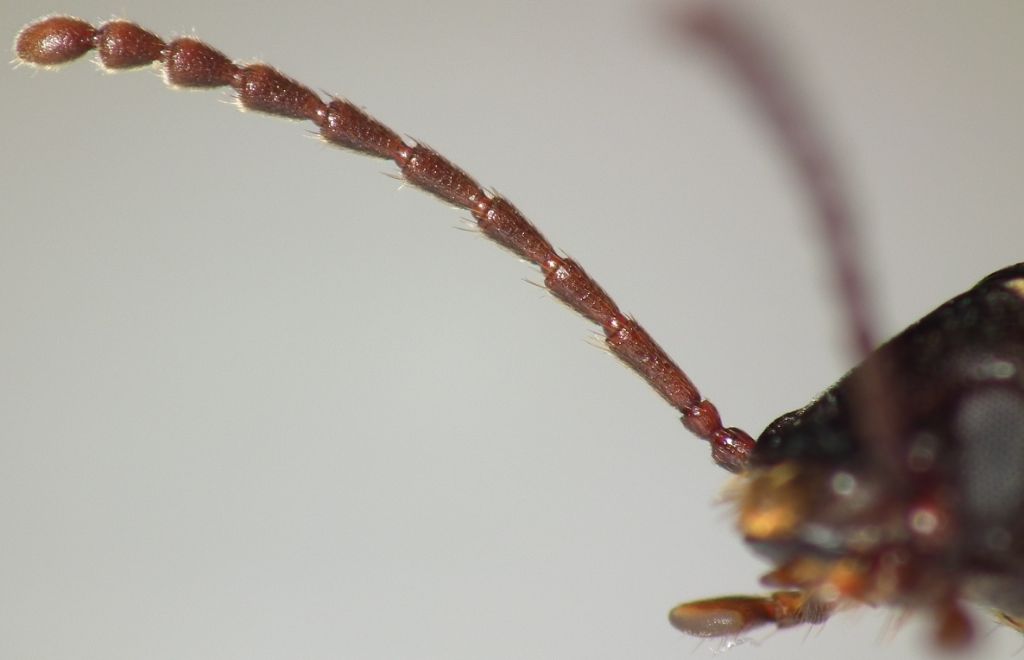
36,77 KB |
 |
|
|
Rui Andrade
Utente V.I.P.
  
Città: Porto

160 Messaggi
Flora e Fauna |
 Inserito il - 01 novembre 2019 : 02:56:18 Inserito il - 01 novembre 2019 : 02:56:18


|
Immagine:
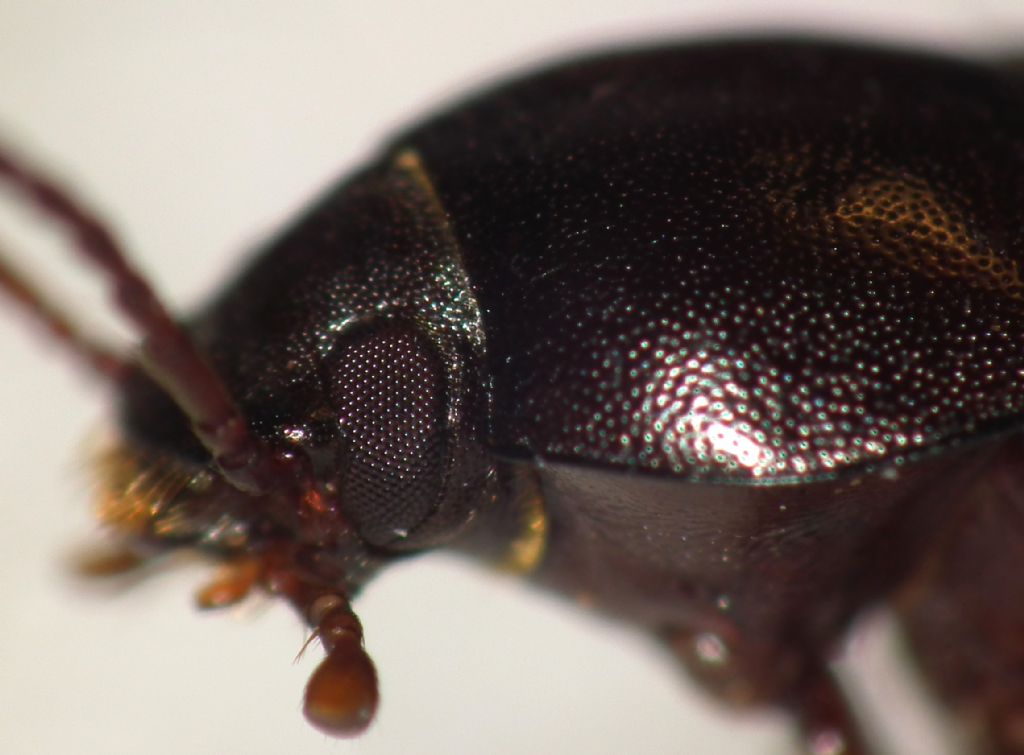
73,05 KB |
 |
|
|
Rui Andrade
Utente V.I.P.
  
Città: Porto

160 Messaggi
Flora e Fauna |
 Inserito il - 01 novembre 2019 : 02:57:08 Inserito il - 01 novembre 2019 : 02:57:08


|
Immagine:
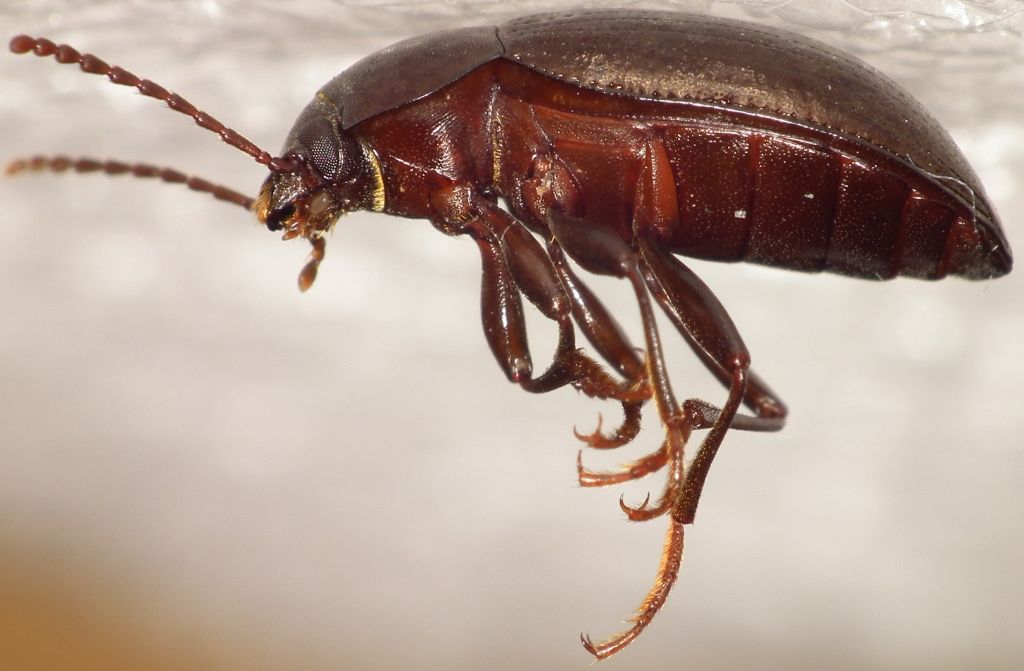
75,46 KB |
 |
|
|
Rui Andrade
Utente V.I.P.
  
Città: Porto

160 Messaggi
Flora e Fauna |
 Inserito il - 02 novembre 2019 : 06:21:30 Inserito il - 02 novembre 2019 : 06:21:30


|
This is another specimen photographed in the same place. I think it is a male with enlarged tarsi, can the species be confirmed?
Immagine:
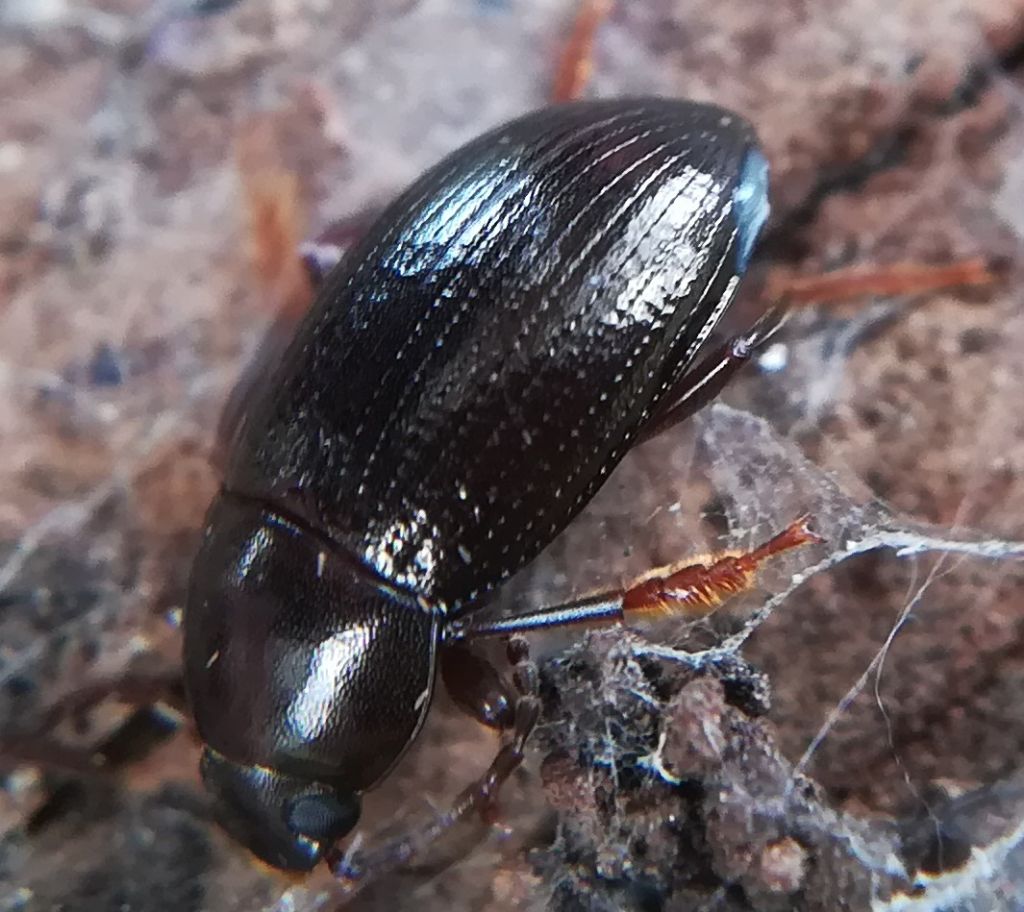
135,1 KB |
 |
|
|
Chalybion
Moderatore
    
Città: Bagnacavallo
Prov.: Ravenna
Regione: Emilia Romagna

13545 Messaggi
Tutti i Forum |
 Inserito il - 05 novembre 2019 : 19:34:15 Inserito il - 05 novembre 2019 : 19:34:15


|
I don't know wich species are present in Portugal; both specimen are males. Male of laevioctostriatus differs from dryadophilus and dermestoides in median tarsi wich are larger than foretarsi. Last specimen could be your supposed species because its median very large tarsi and the very shining elitra; upper specimen could be dermestoides because median antennomera without long setae. You can check by diverging elitra to see if wings are very very reduced; dryadophilus bears wing just shorter than elitron.
Please see also mp message about theese dead specimen.
 |
"Impegnarsi per volere a tutti i costi piacere a tutti è il peggior modo di sprecare tempo". (Chalybion)
|
 |
|
|
Rui Andrade
Utente V.I.P.
  
Città: Porto

160 Messaggi
Flora e Fauna |
 Inserito il - 06 novembre 2019 : 03:24:20 Inserito il - 06 novembre 2019 : 03:24:20


|
Thank you! I'll check the dead specimen.  |
 |
|
|
Rui Andrade
Utente V.I.P.
  
Città: Porto

160 Messaggi
Flora e Fauna |
 Inserito il - 06 novembre 2019 : 16:22:46 Inserito il - 06 novembre 2019 : 16:22:46


|
The wings are very wrinkled because the specimen was in alcohol, but they seem to be relatively big. So it should be N. dryadophilus? The species is not known from the Iberian Peninsula, but that doesn't mean much I guess.
How can you tell the dead specimen is a male?
Immagine:
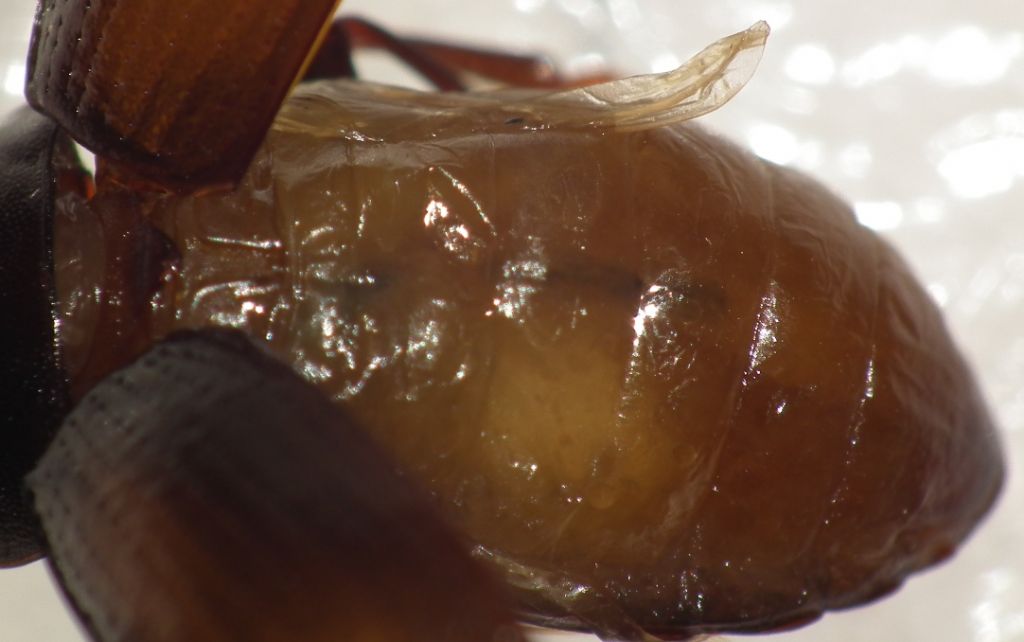
60,14 KB |
 |
|
|
Rui Andrade
Utente V.I.P.
  
Città: Porto

160 Messaggi
Flora e Fauna |
 Inserito il - 06 novembre 2019 : 16:23:41 Inserito il - 06 novembre 2019 : 16:23:41


|
tip of the abdomen
Immagine:
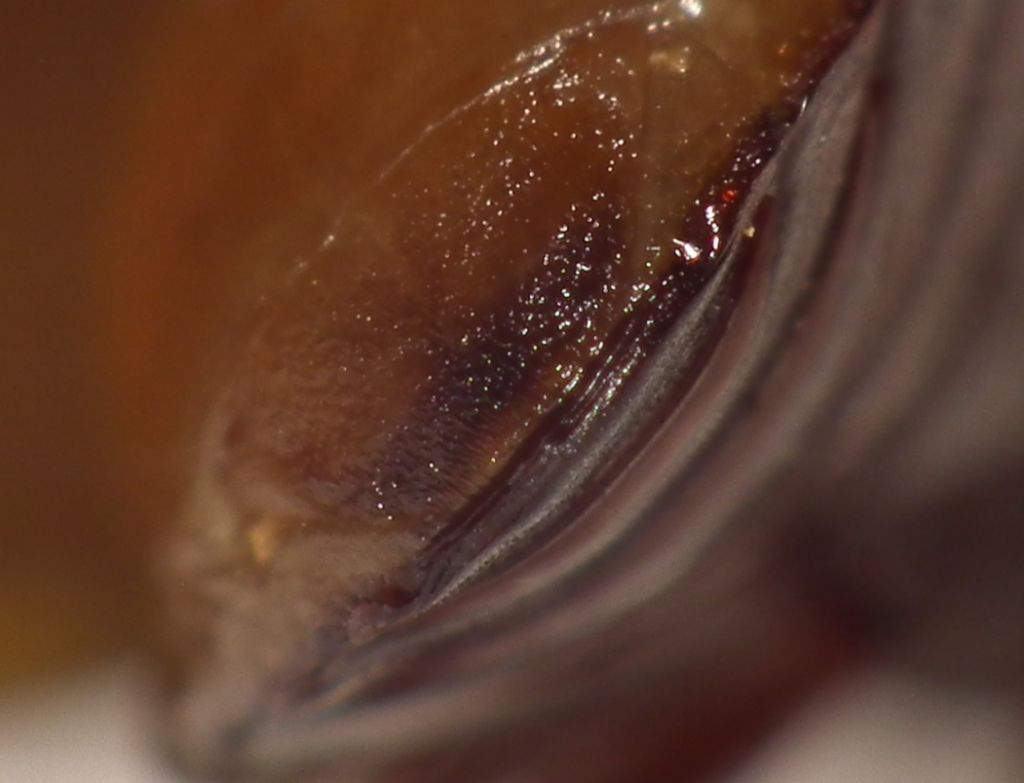
56,42 KB |
 |
|
|
Chalybion
Moderatore
    
Città: Bagnacavallo
Prov.: Ravenna
Regione: Emilia Romagna

13545 Messaggi
Tutti i Forum |
 Inserito il - 06 novembre 2019 : 23:12:16 Inserito il - 06 novembre 2019 : 23:12:16


|
Males have protarsi enlarged (some species also mesotarsi more or less enlarged); they are well visible in your 5th photo.
Wings are just like dryadophilus type but as you say it is absent in Portugal; so you have probably to check others species. See also mp. |
"Impegnarsi per volere a tutti i costi piacere a tutti è il peggior modo di sprecare tempo". (Chalybion)
|
 |
|
|
Rui Andrade
Utente V.I.P.
  
Città: Porto

160 Messaggi
Flora e Fauna |
 Inserito il - 07 novembre 2019 : 14:36:33 Inserito il - 07 novembre 2019 : 14:36:33


|
| Thank you for the explanation! |
 |
|
| |
 Discussione Discussione  |
|

 Forum
|
Registrati
|
Msg attivi
|
Msg Recenti
|
Msg Pvt
|
Utenti
|
Galleria |
Map |
Forum
|
Registrati
|
Msg attivi
|
Msg Recenti
|
Msg Pvt
|
Utenti
|
Galleria |
Map |